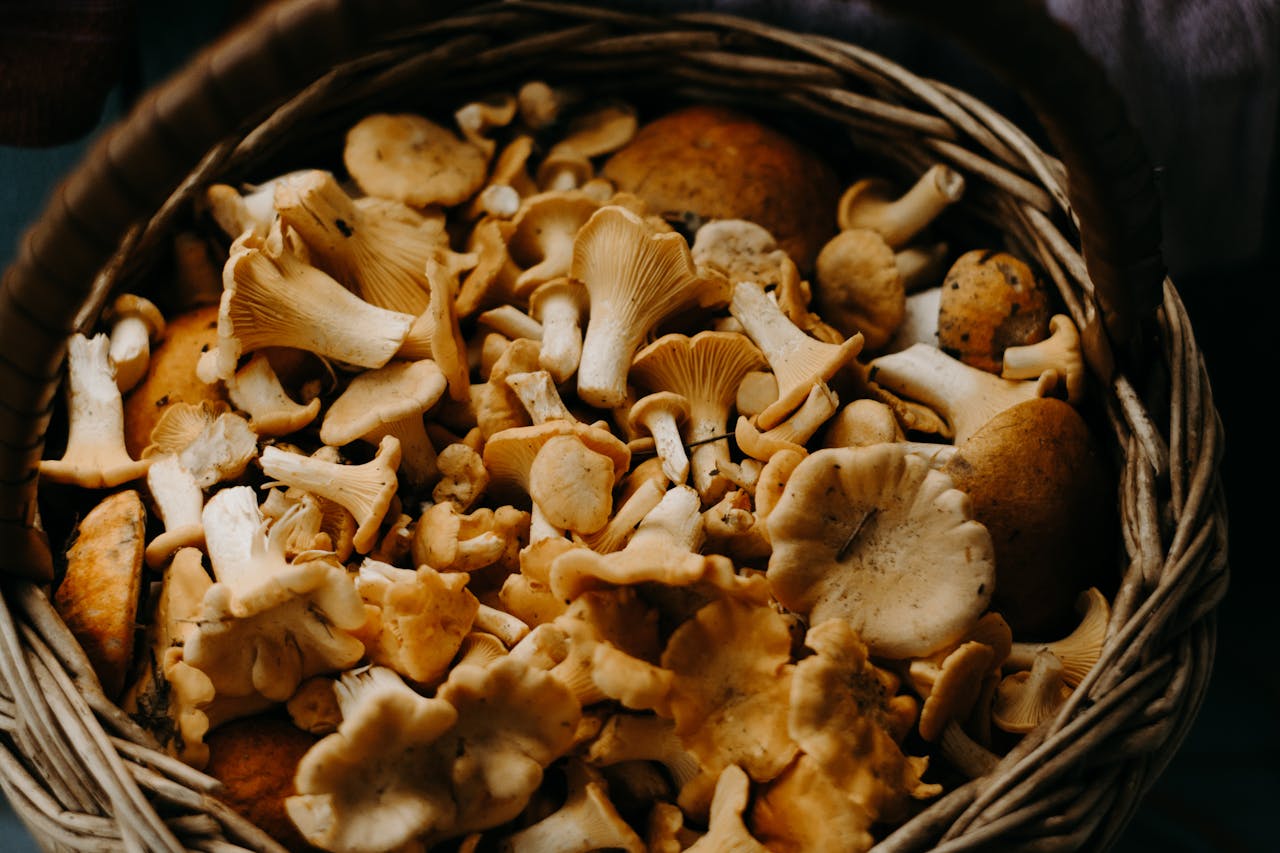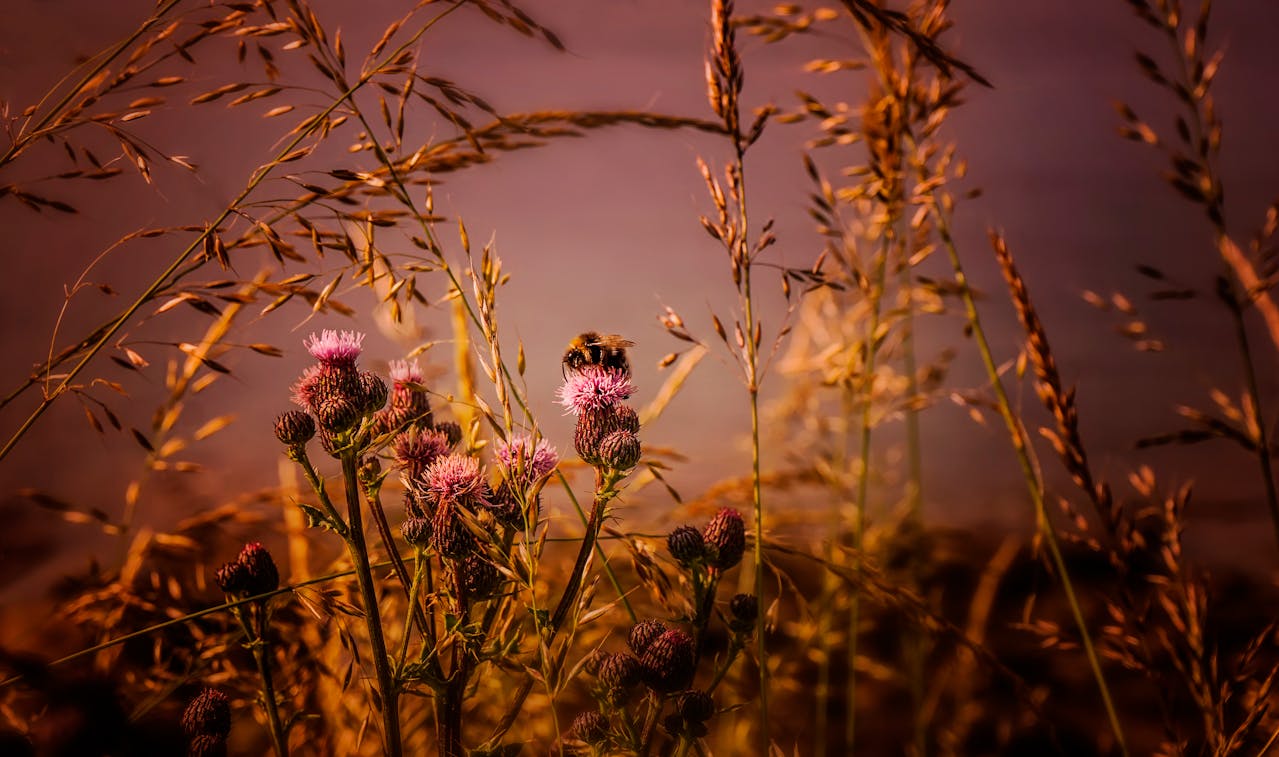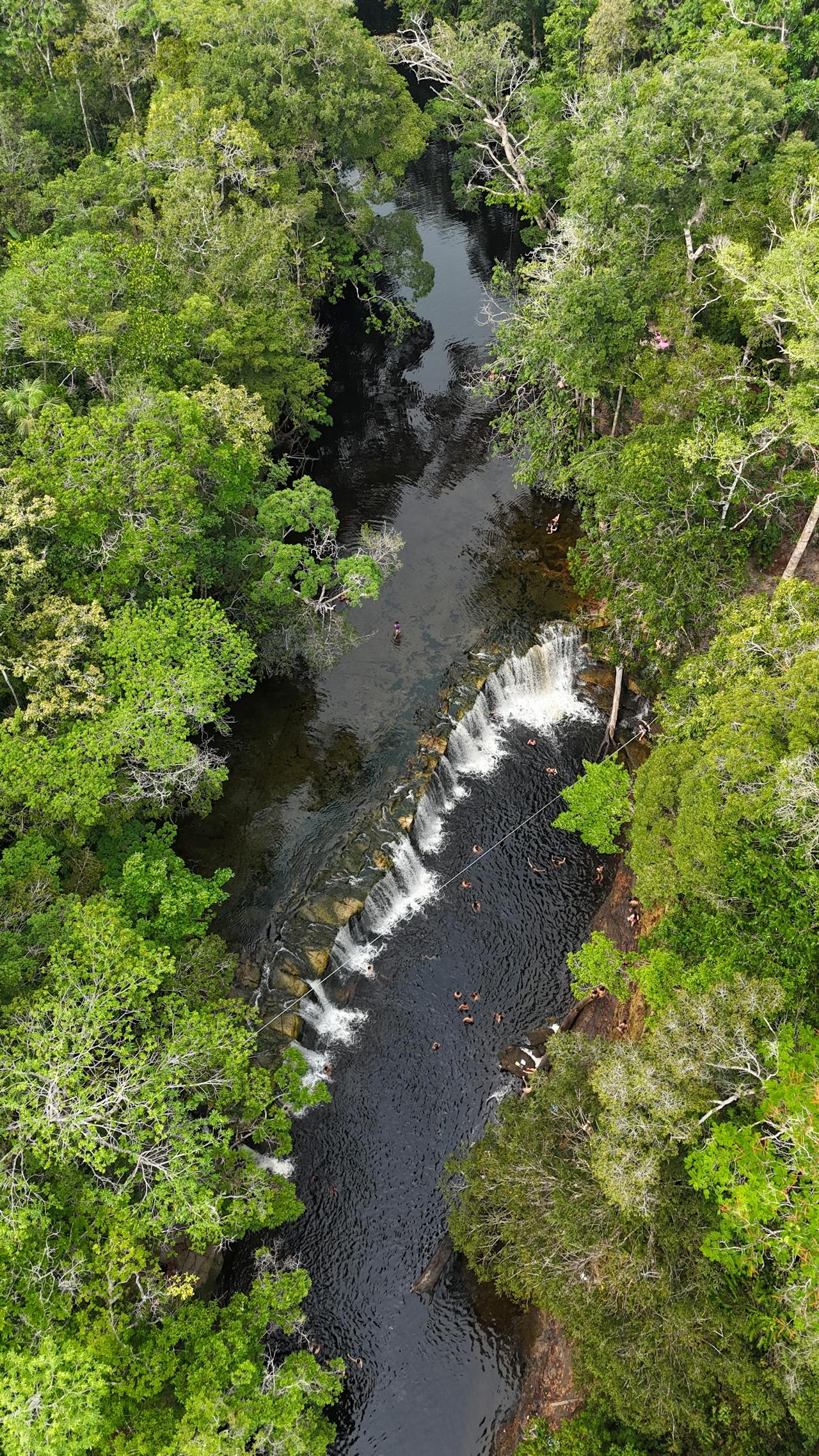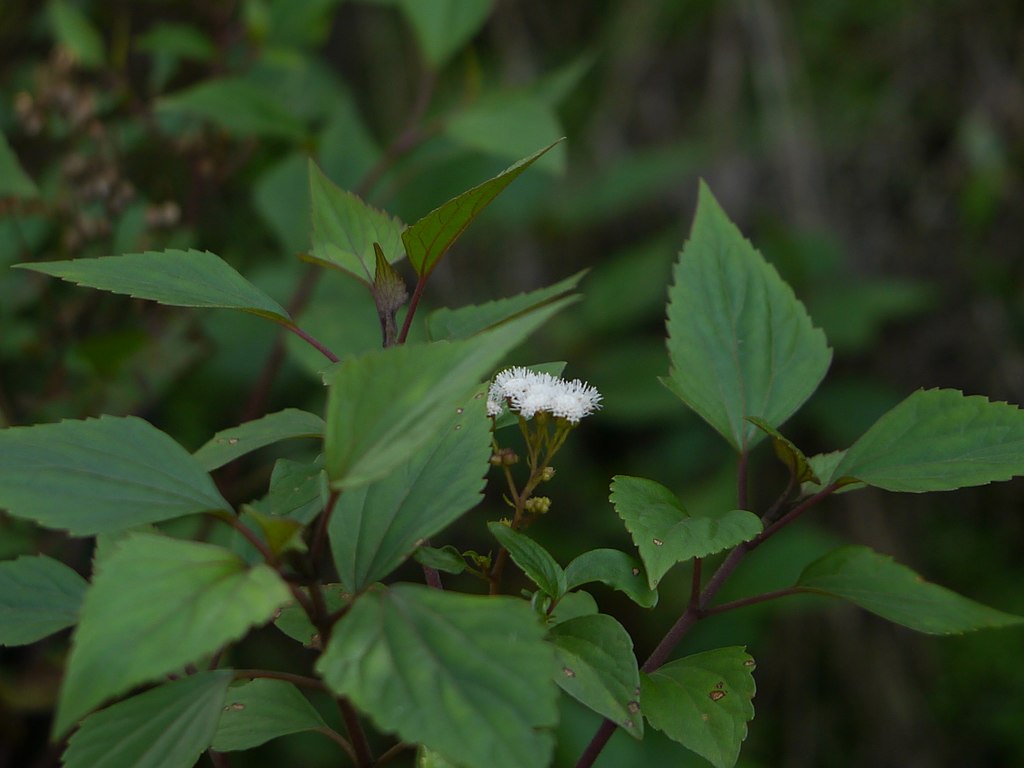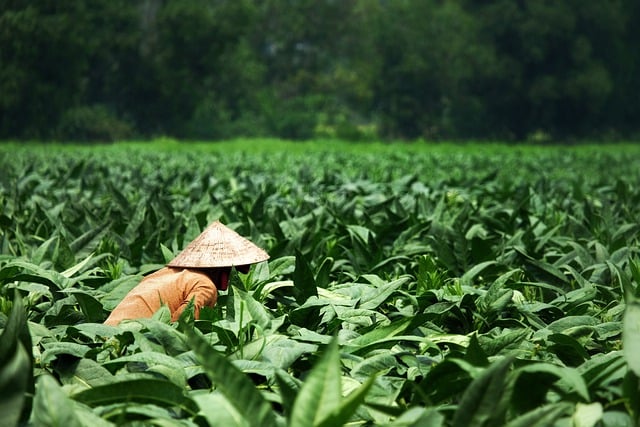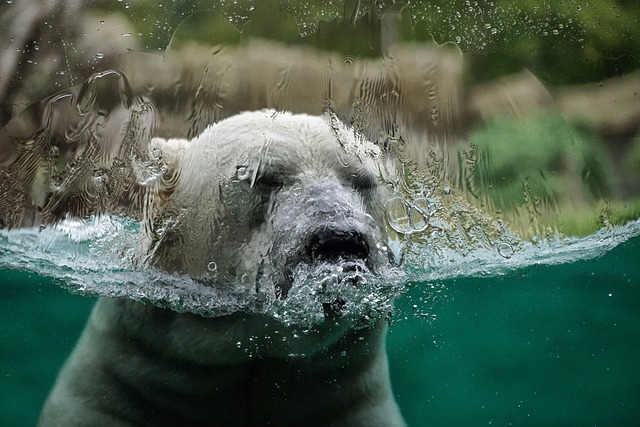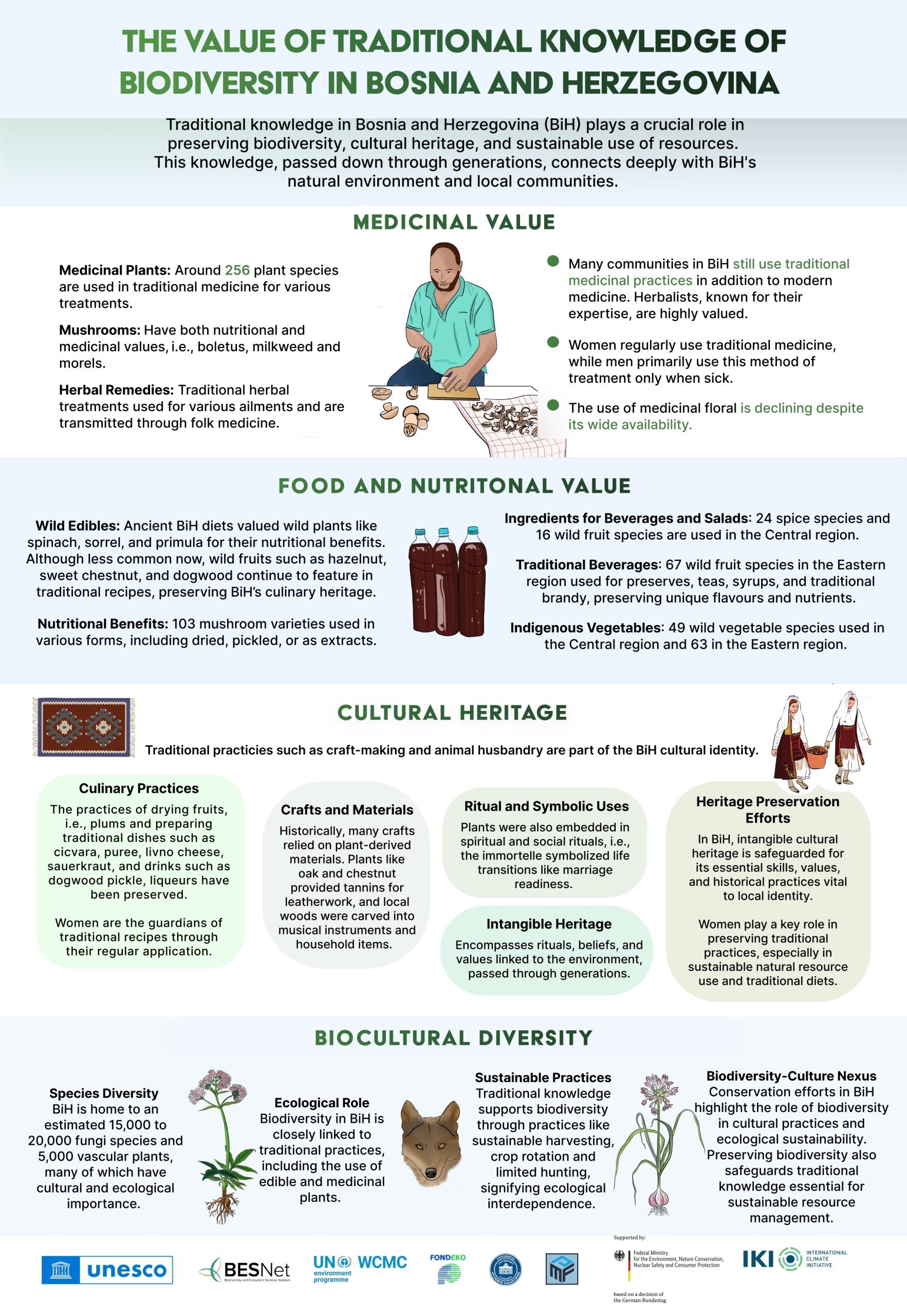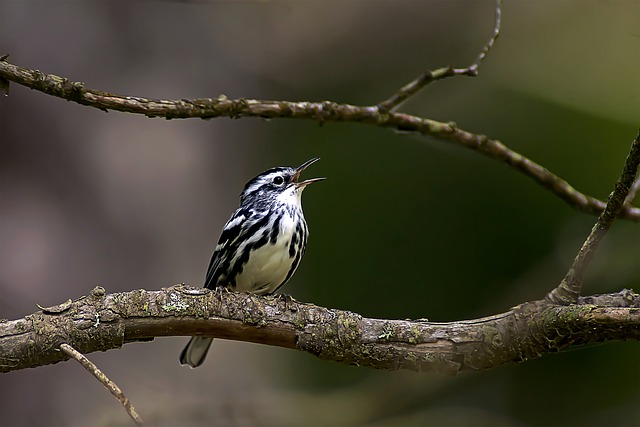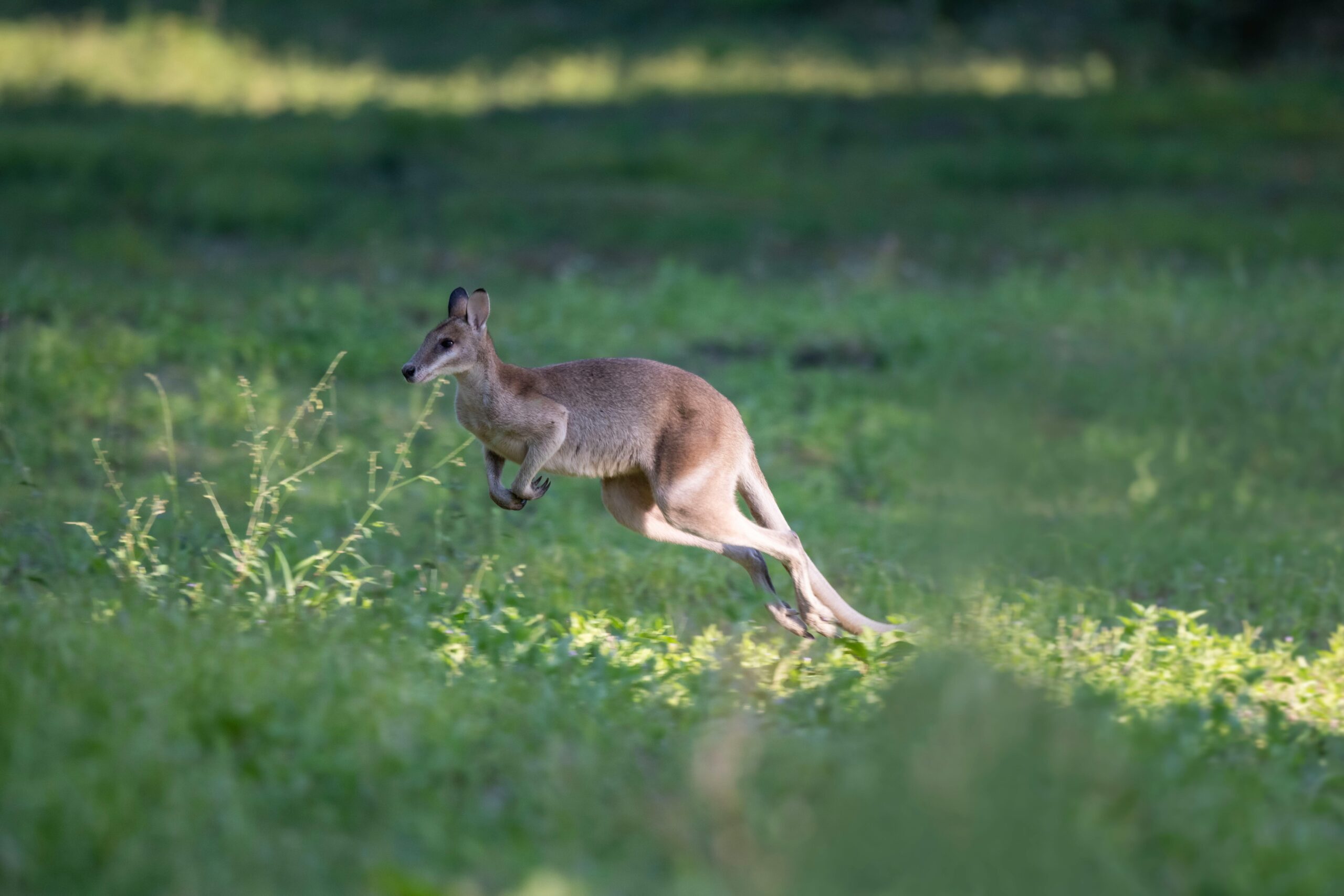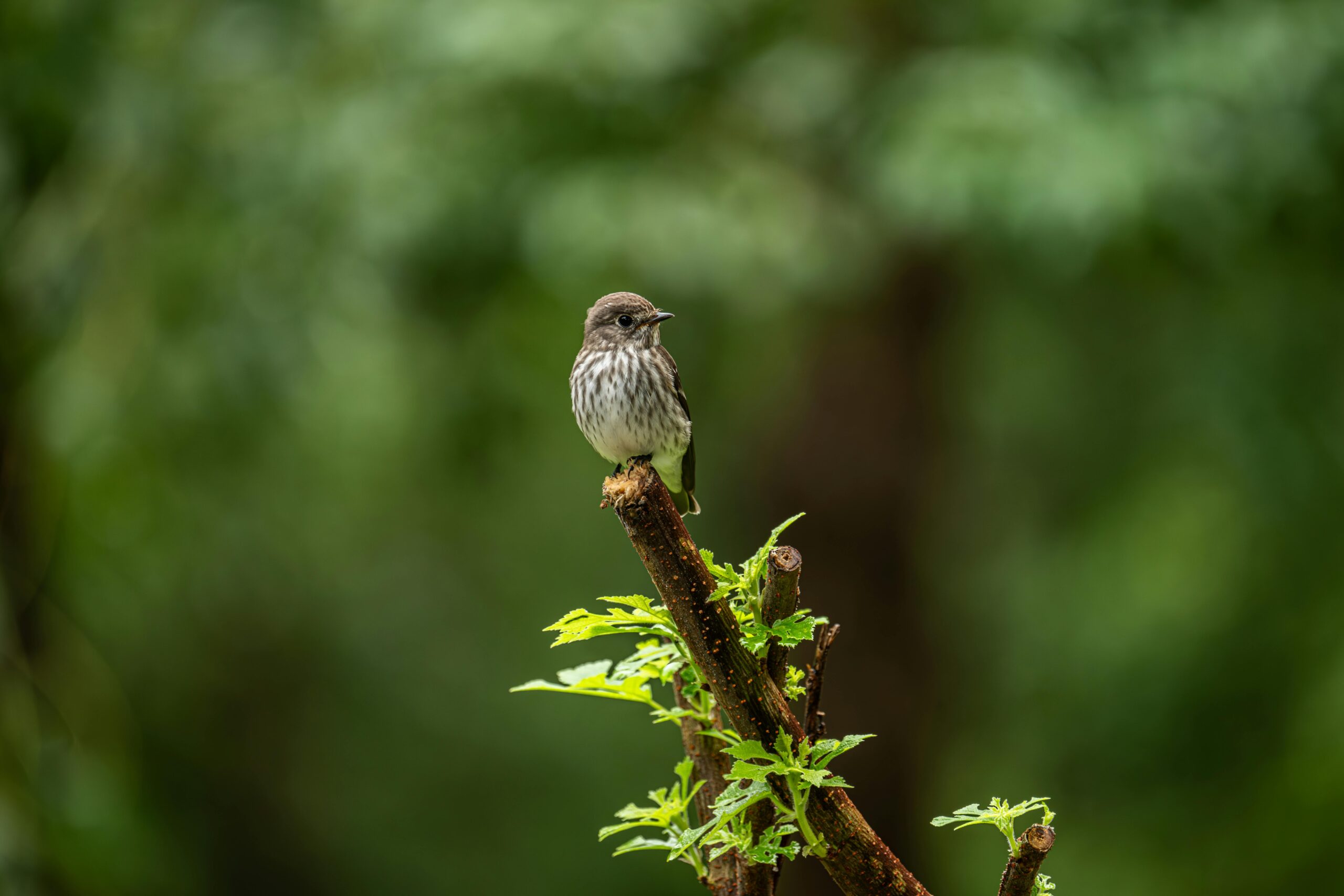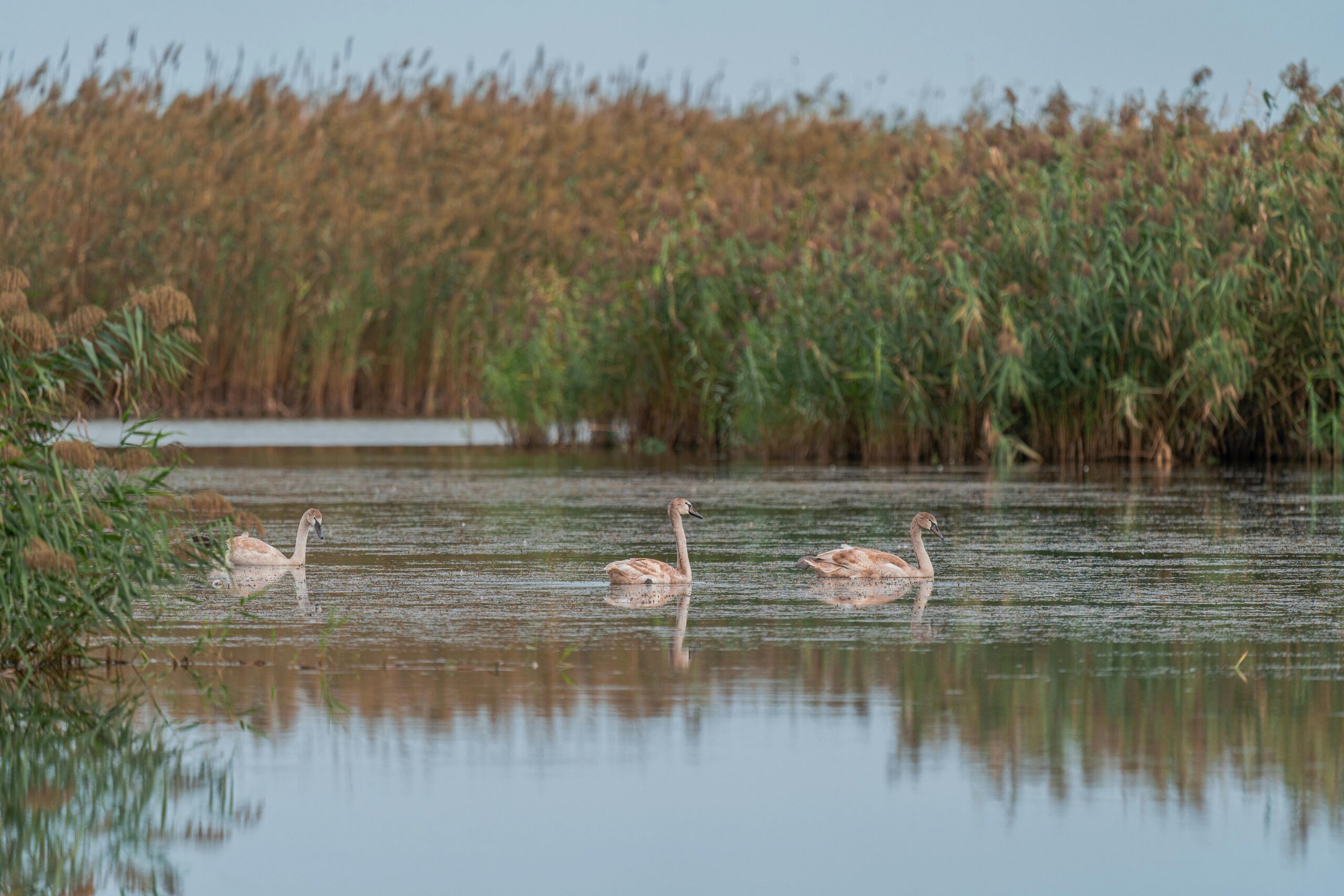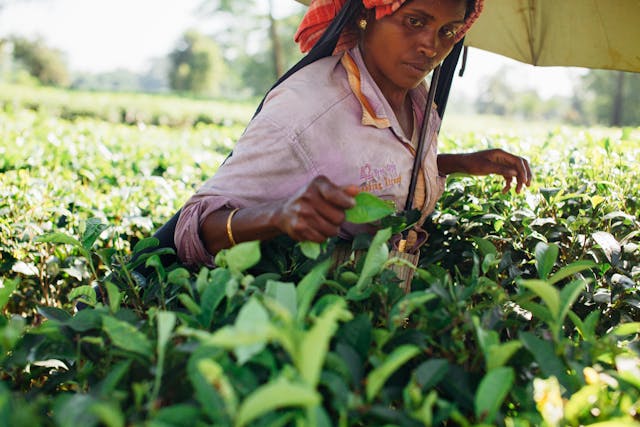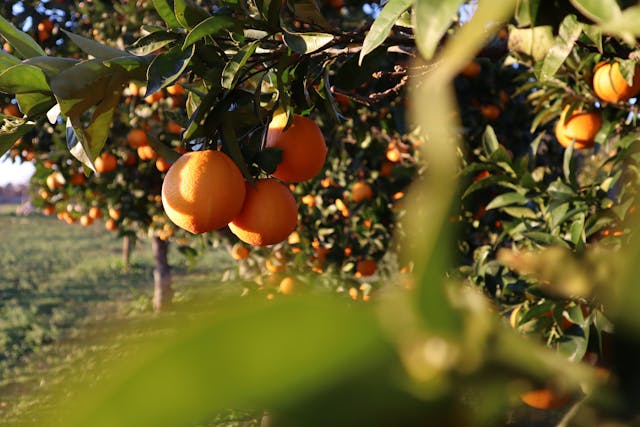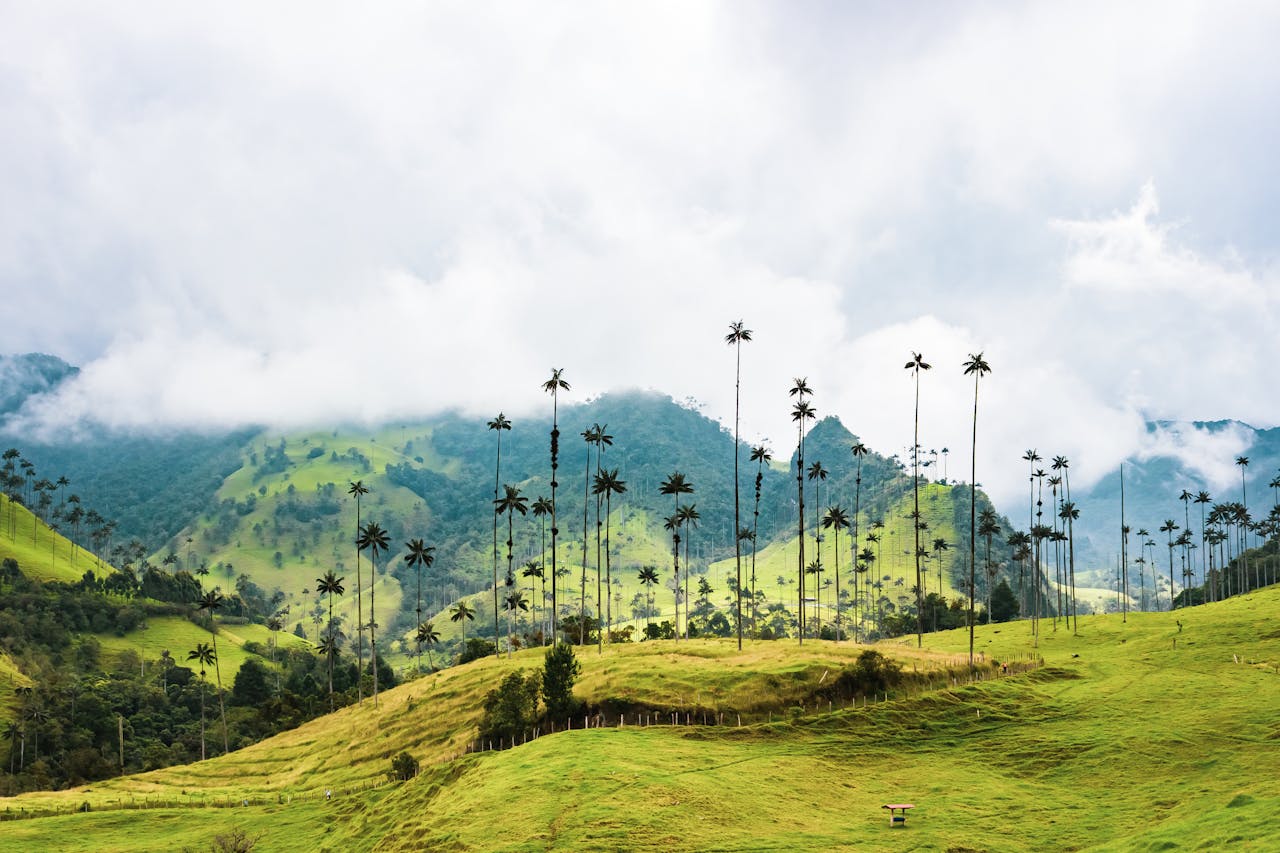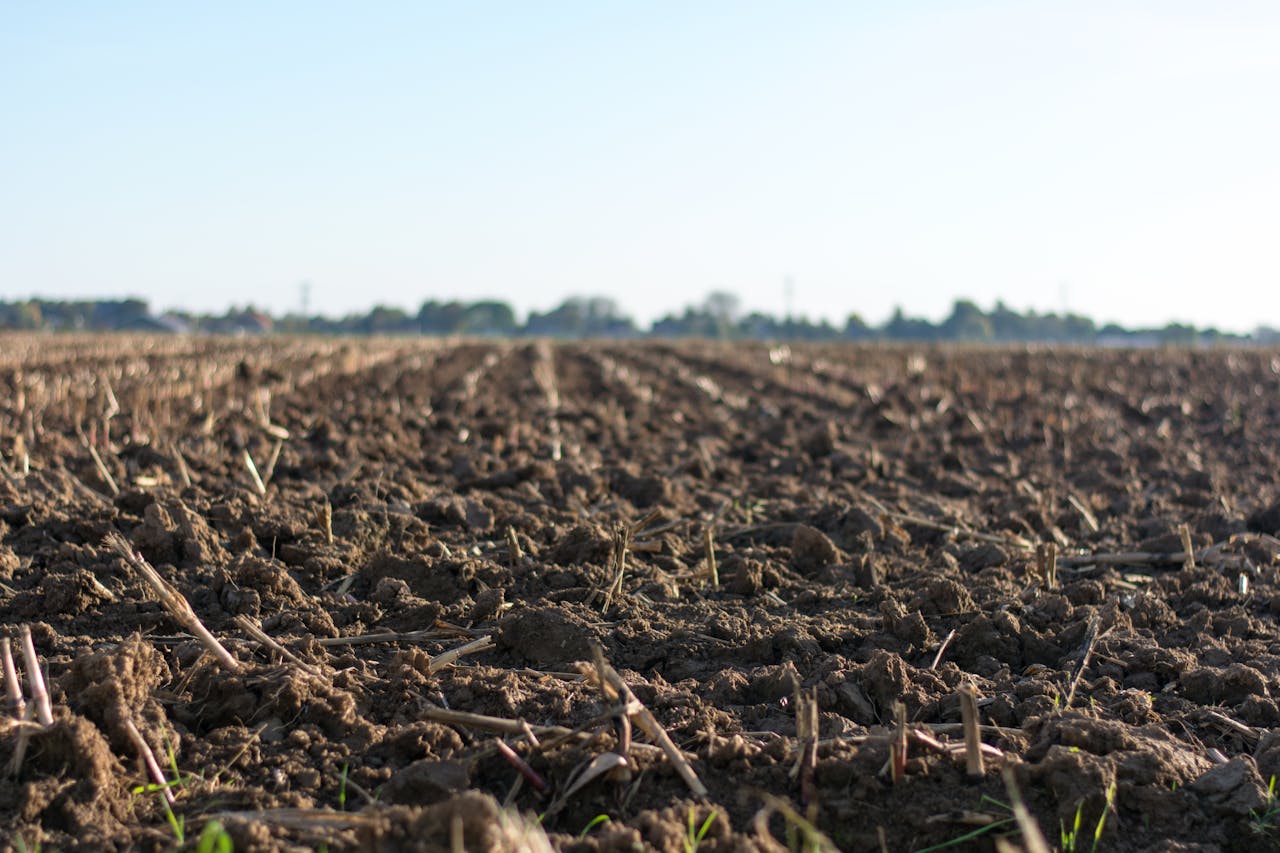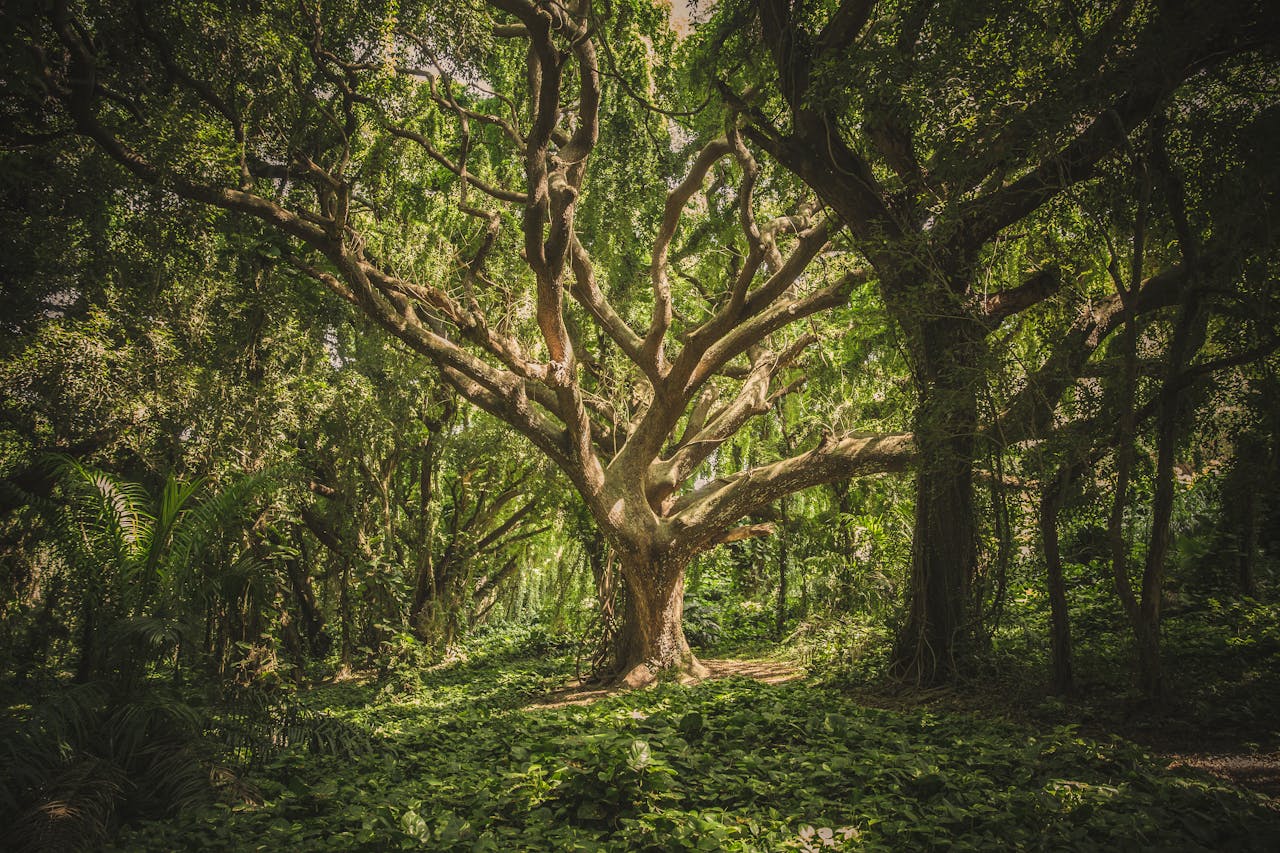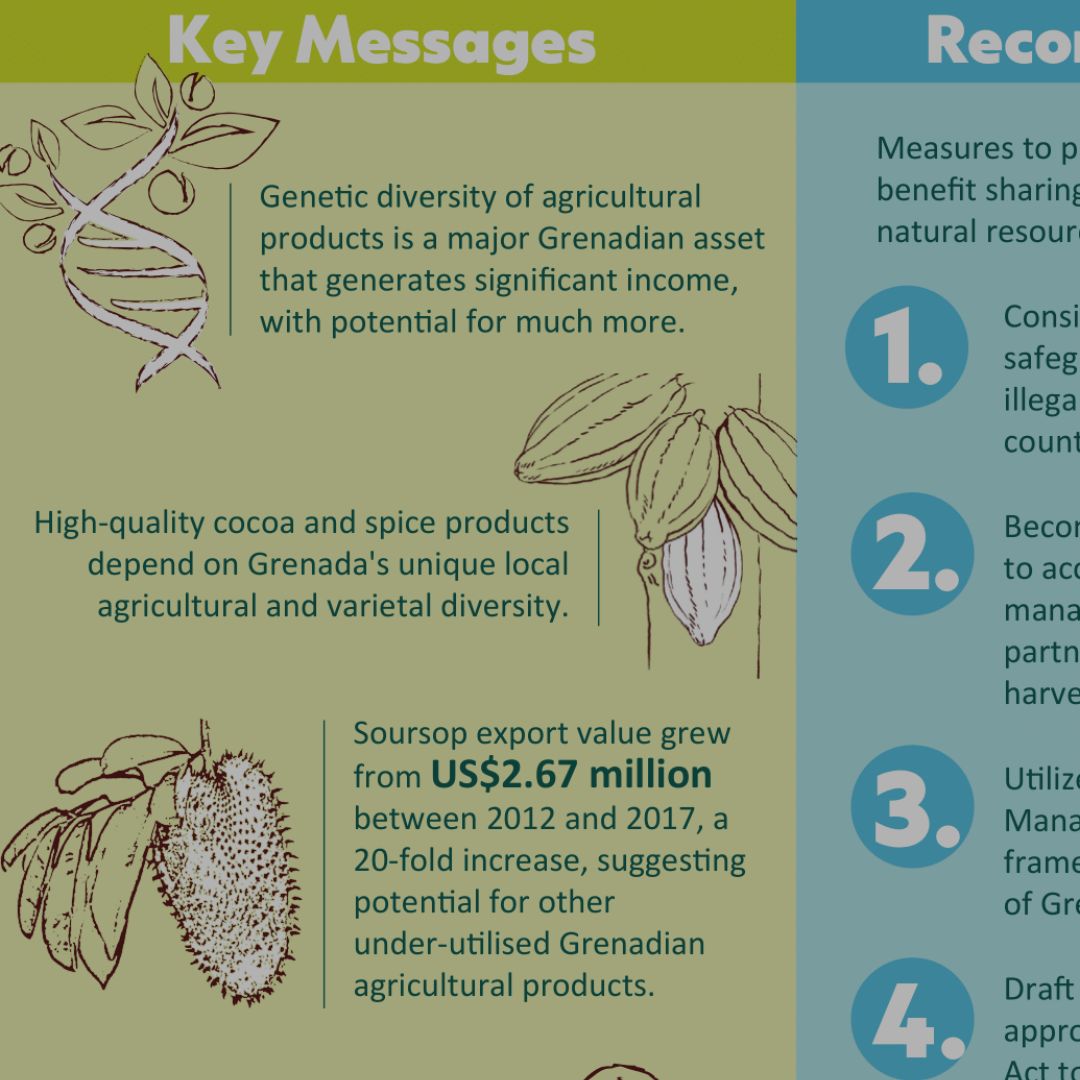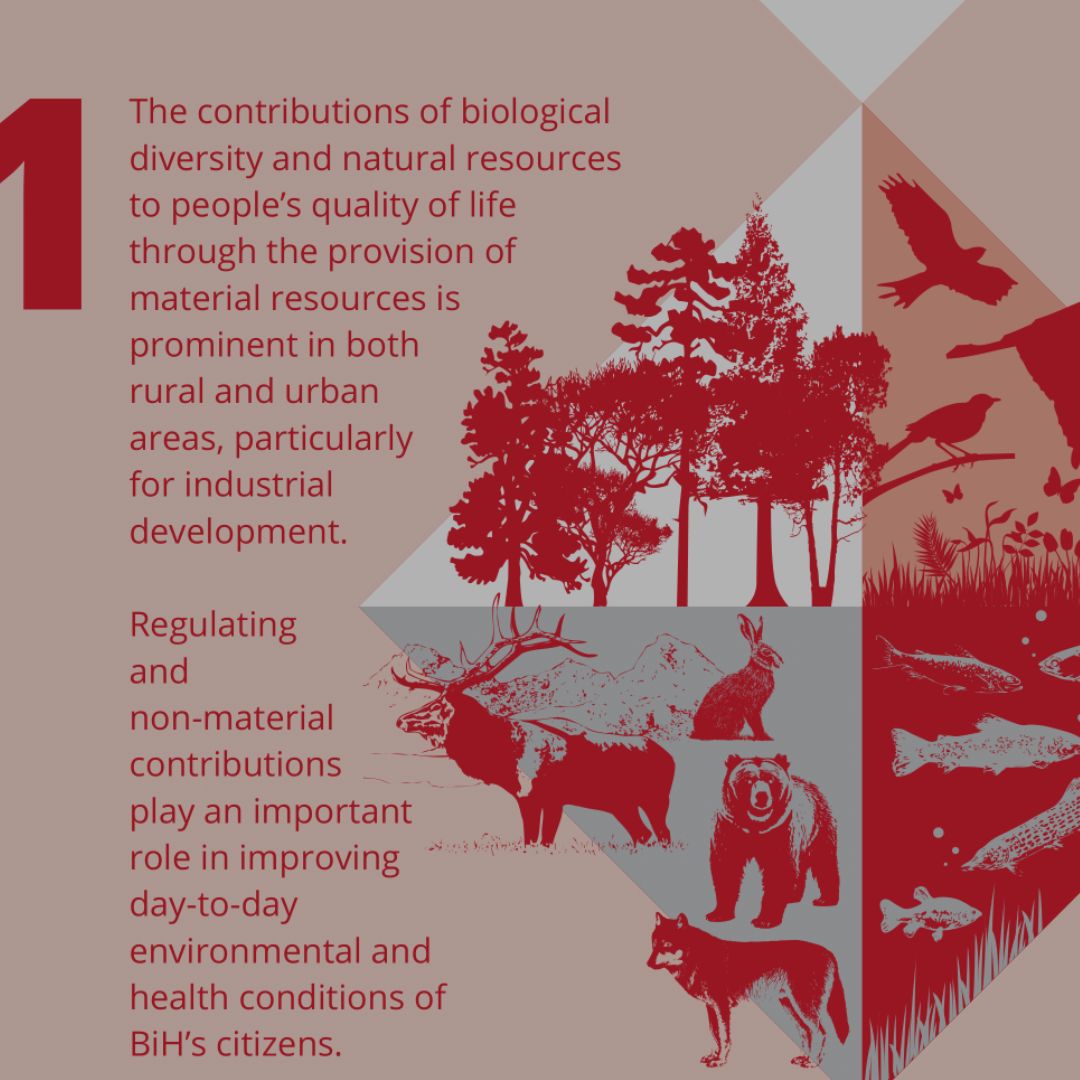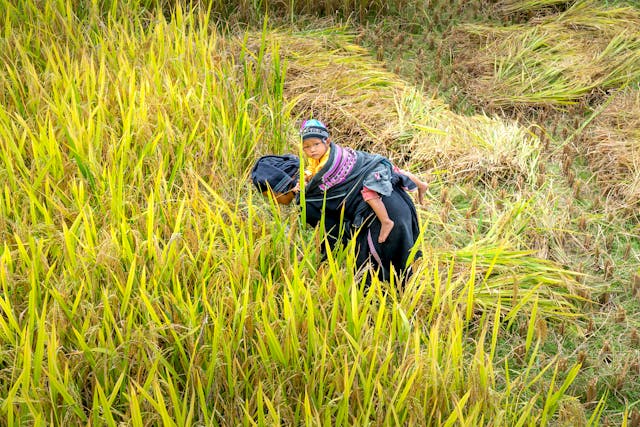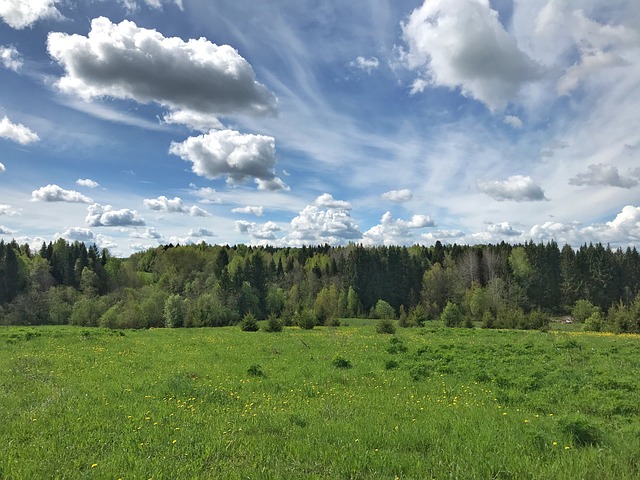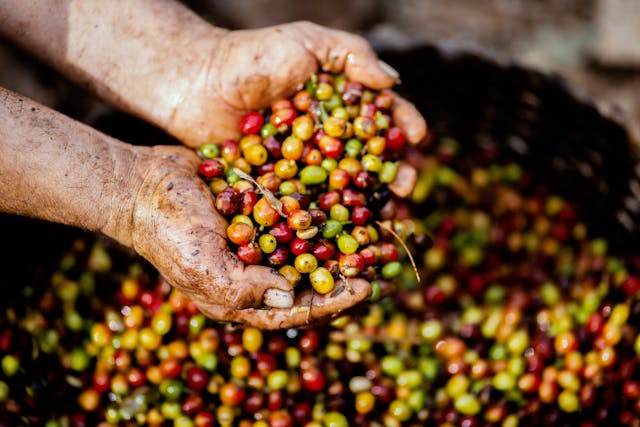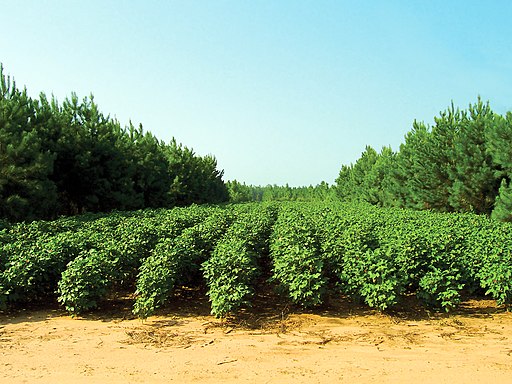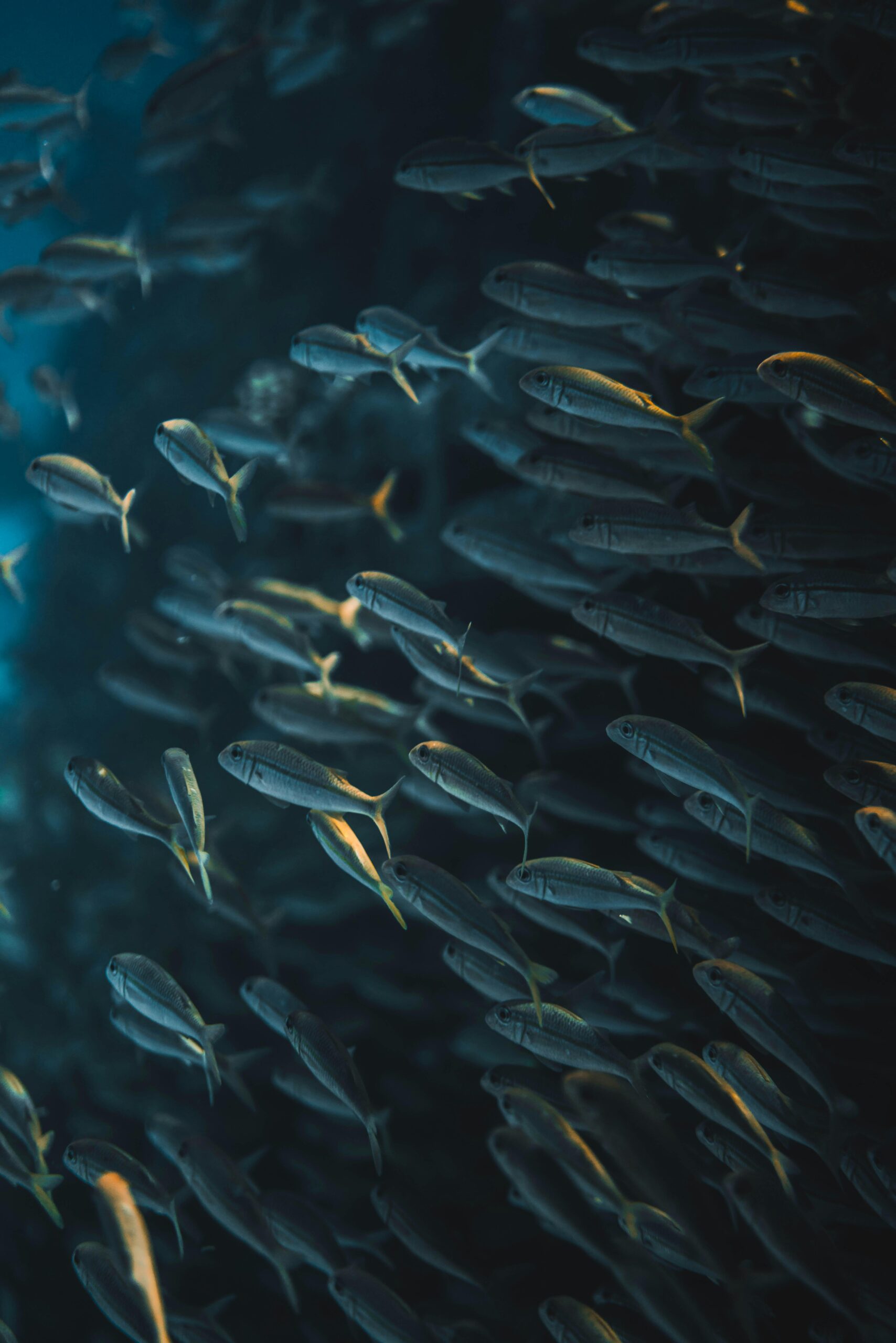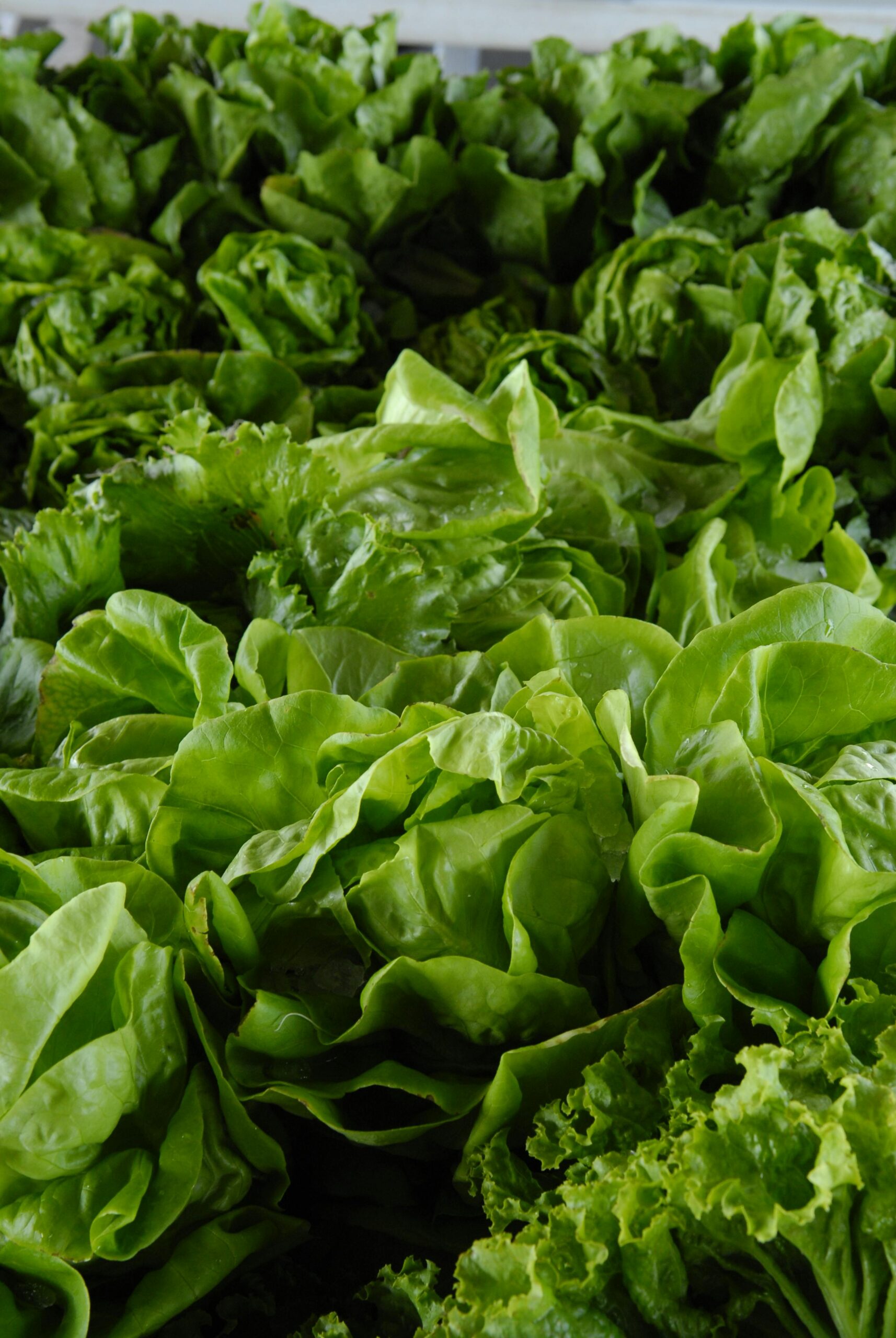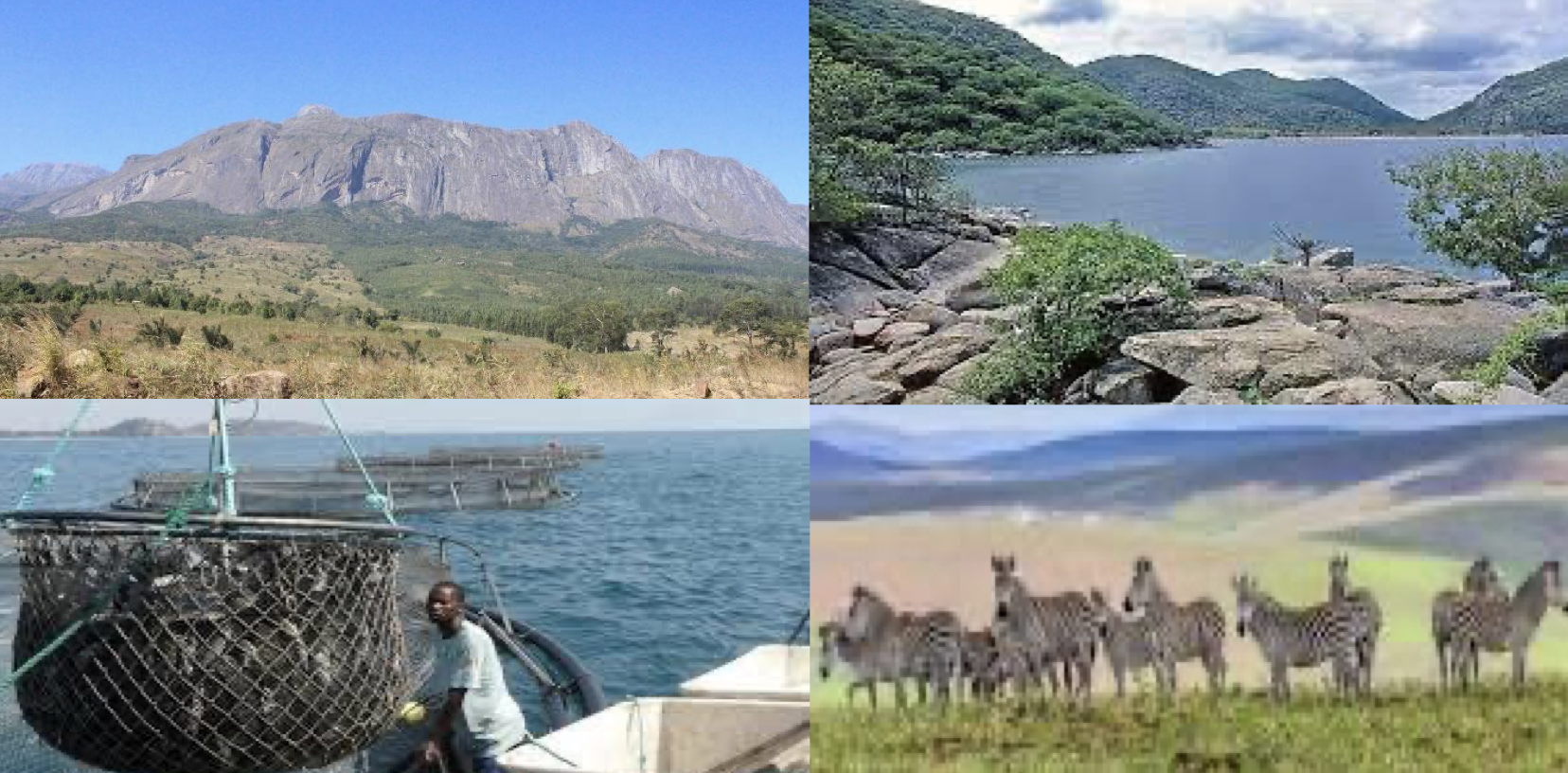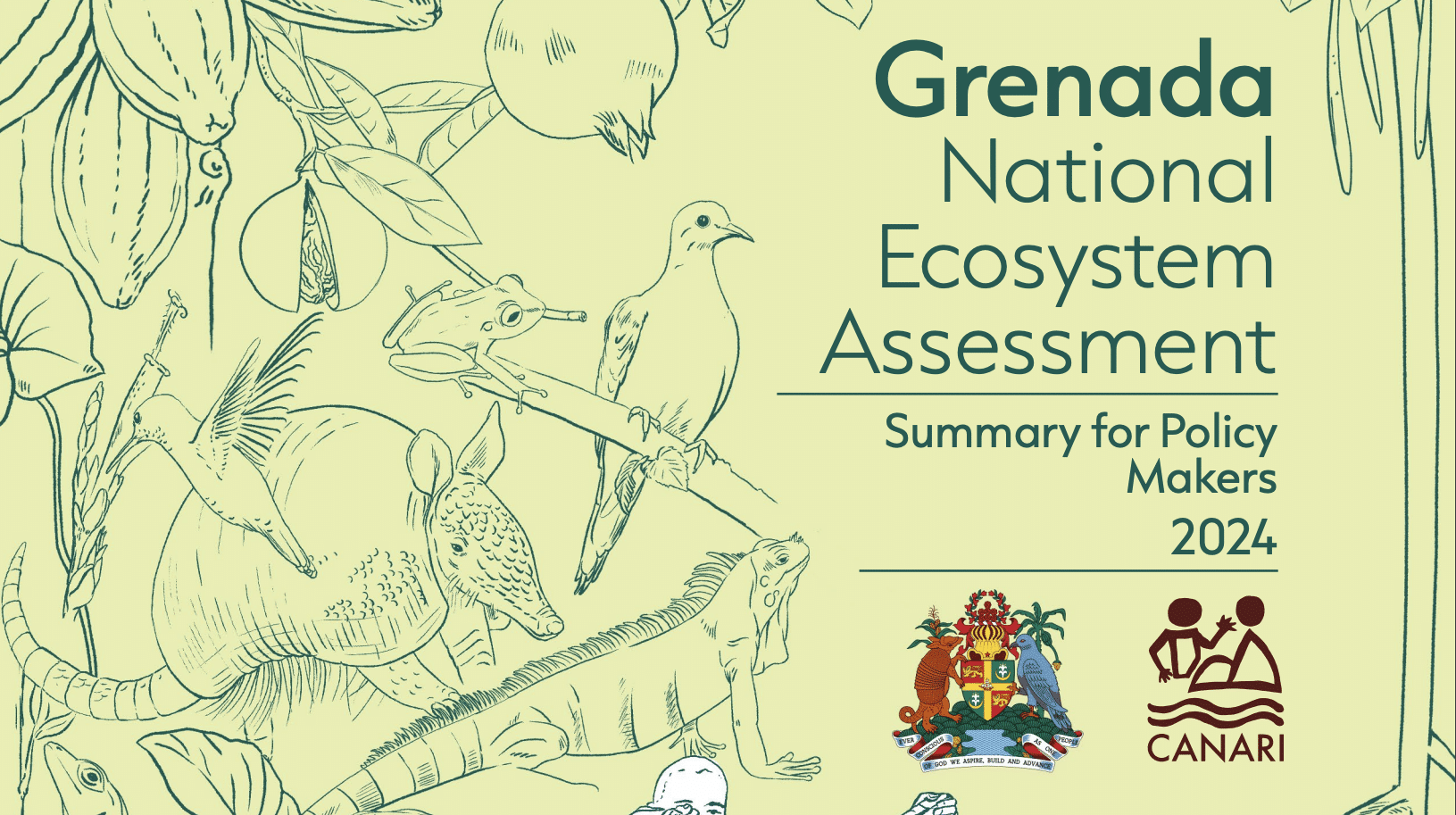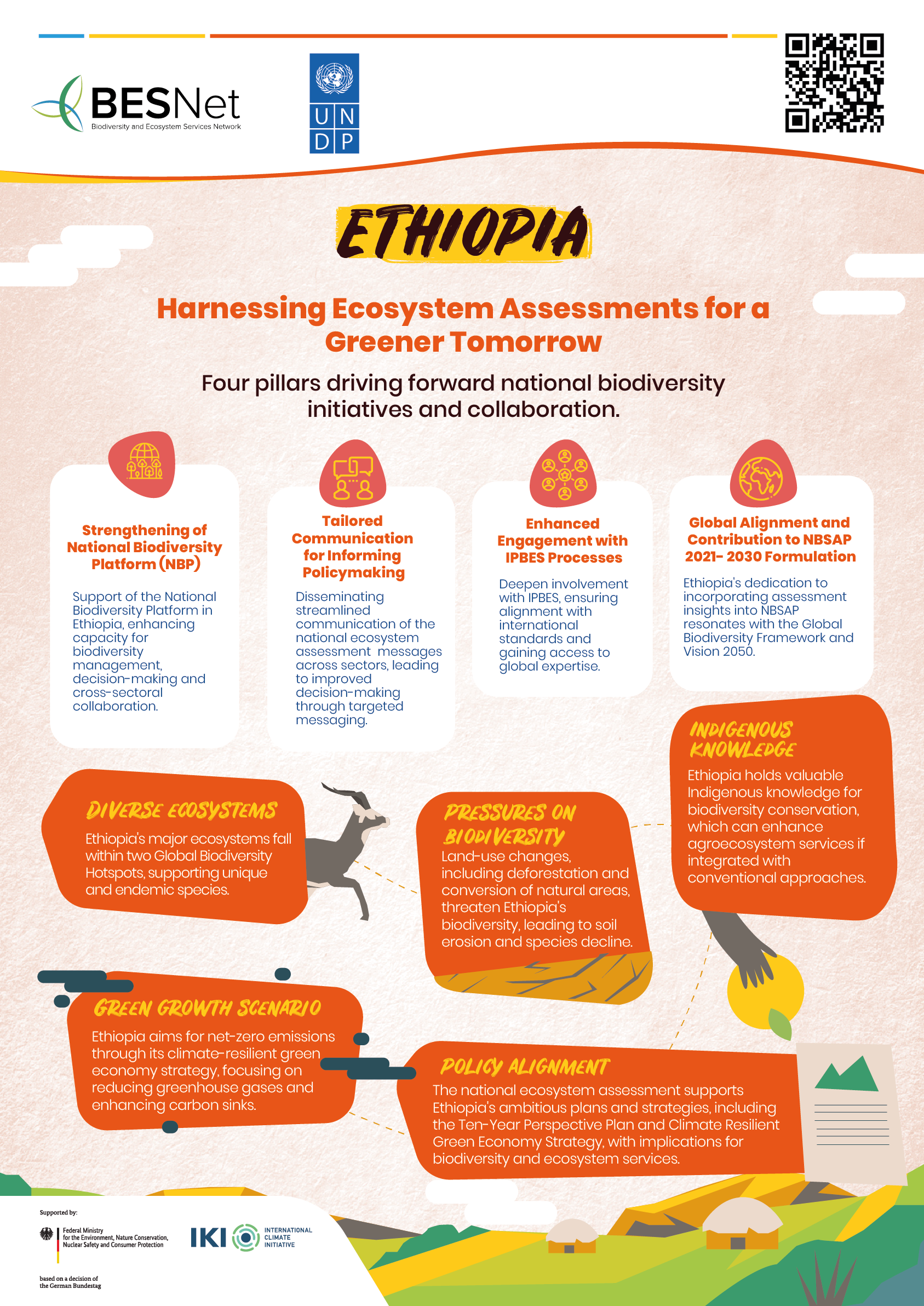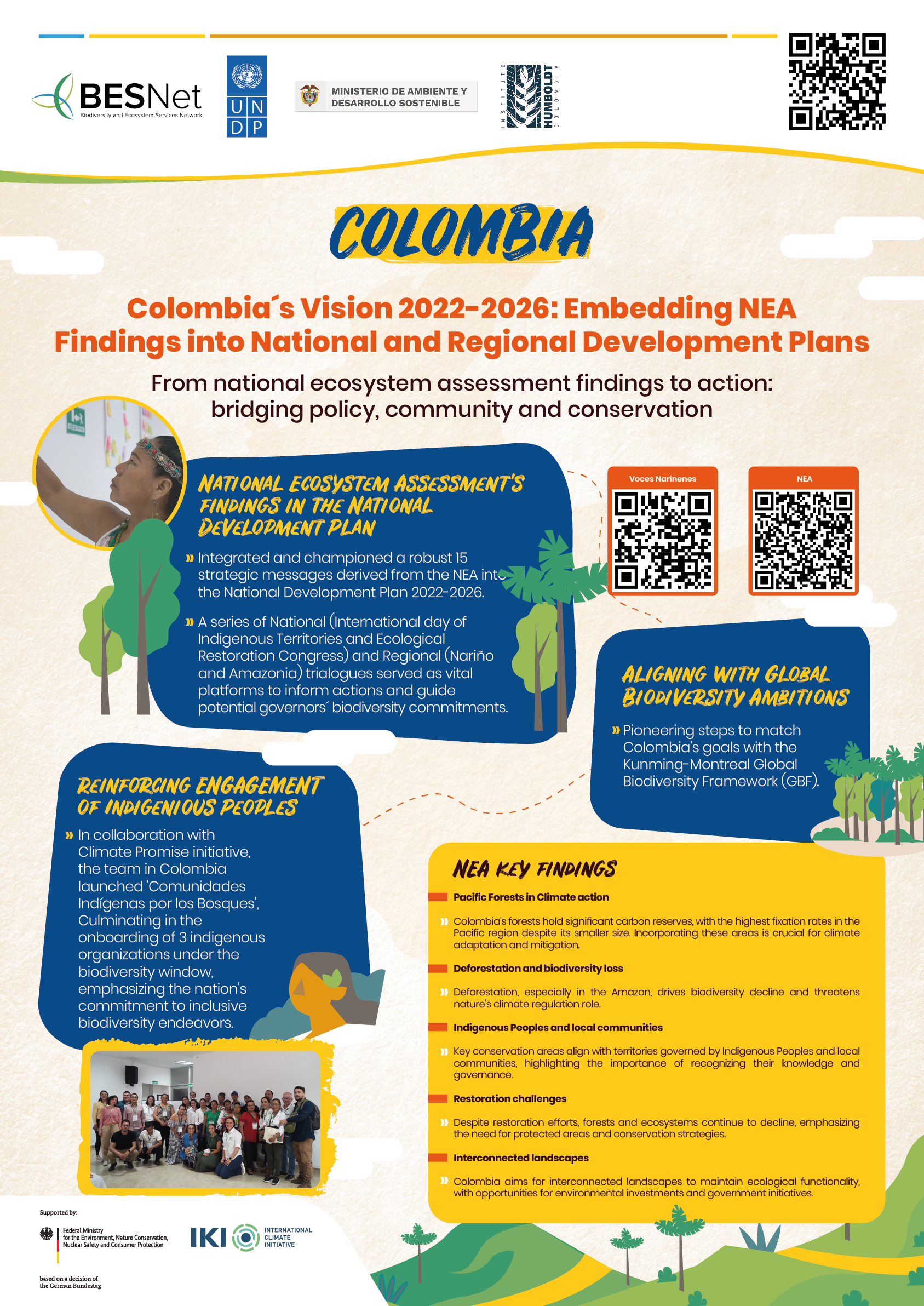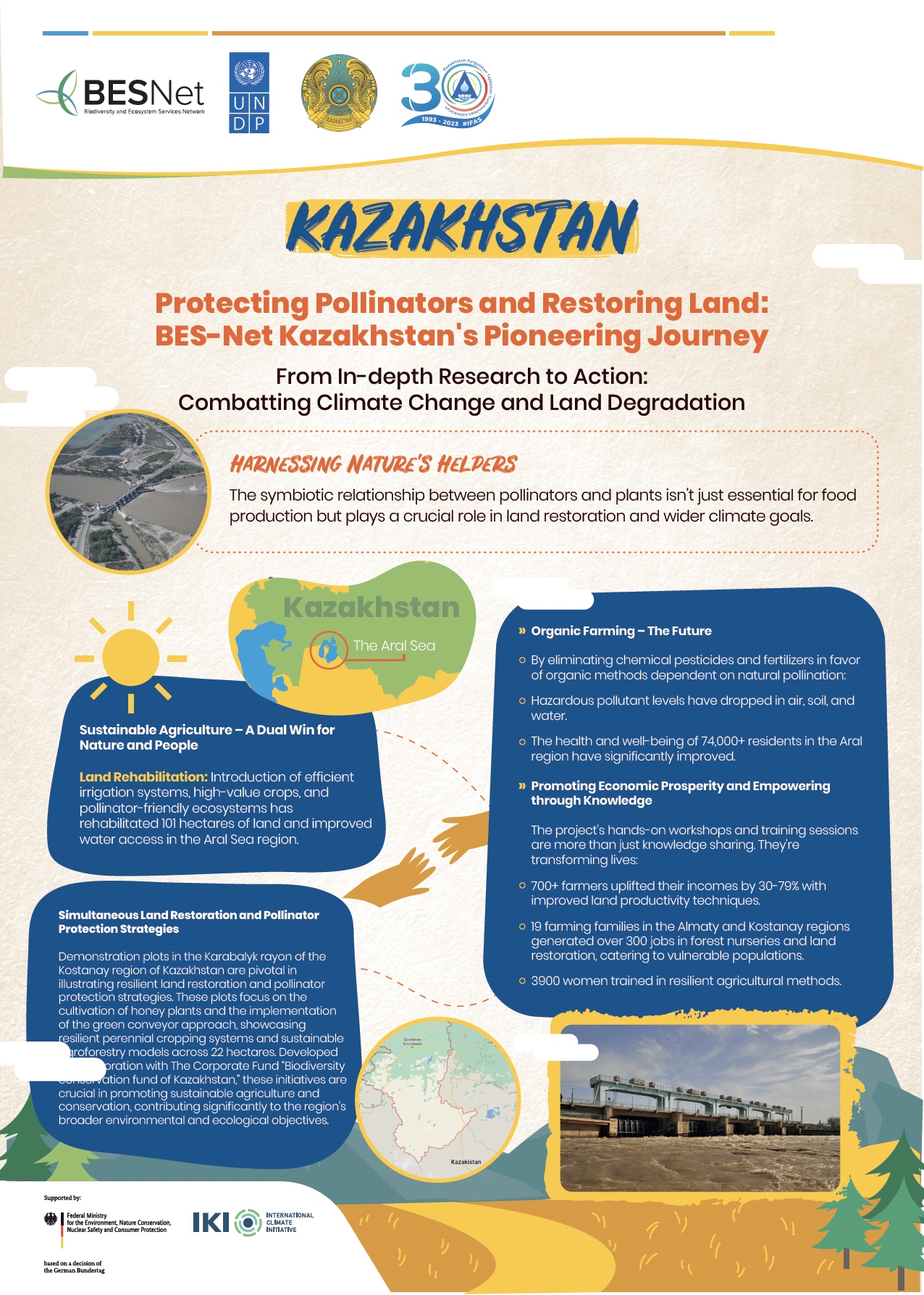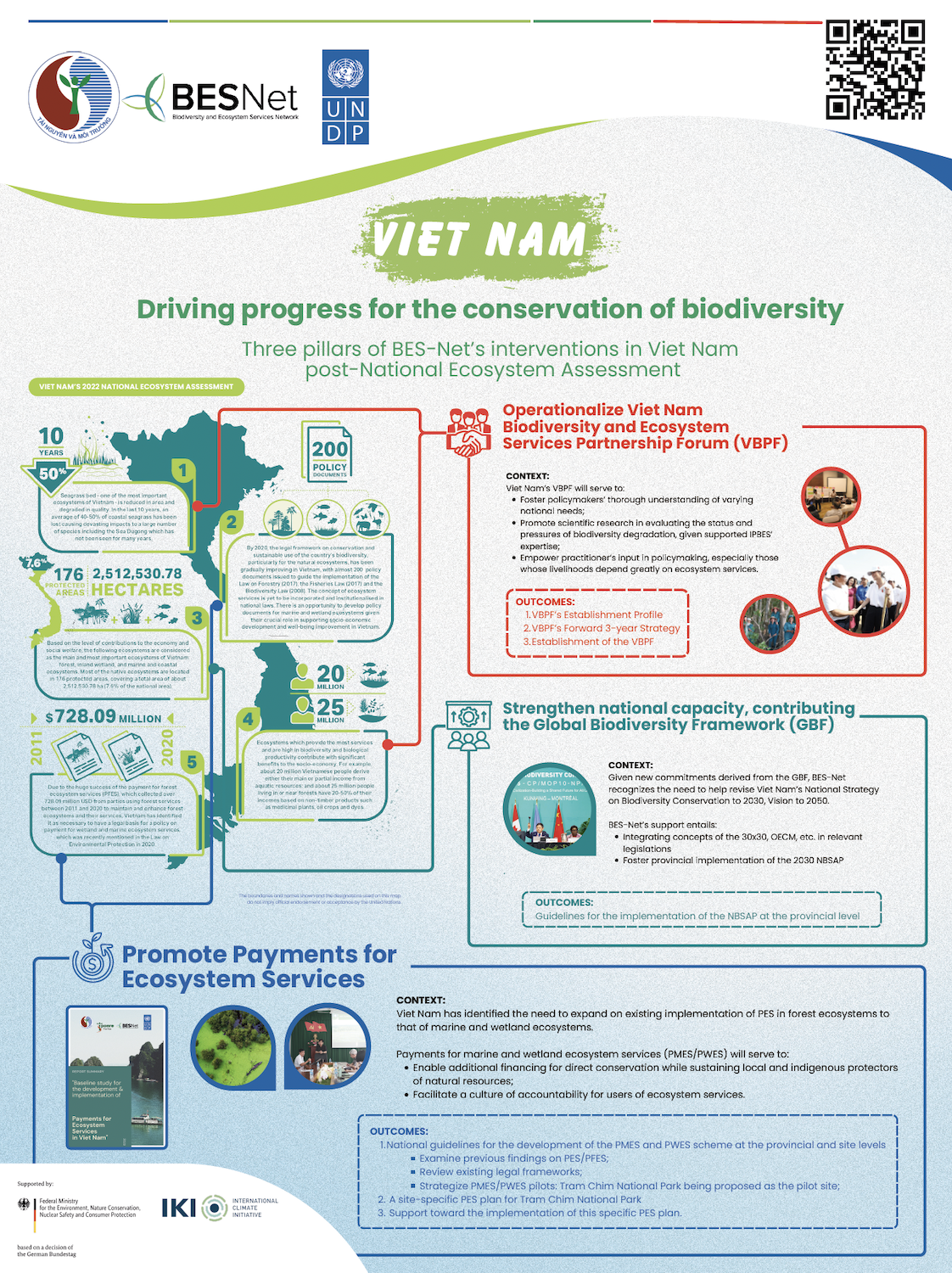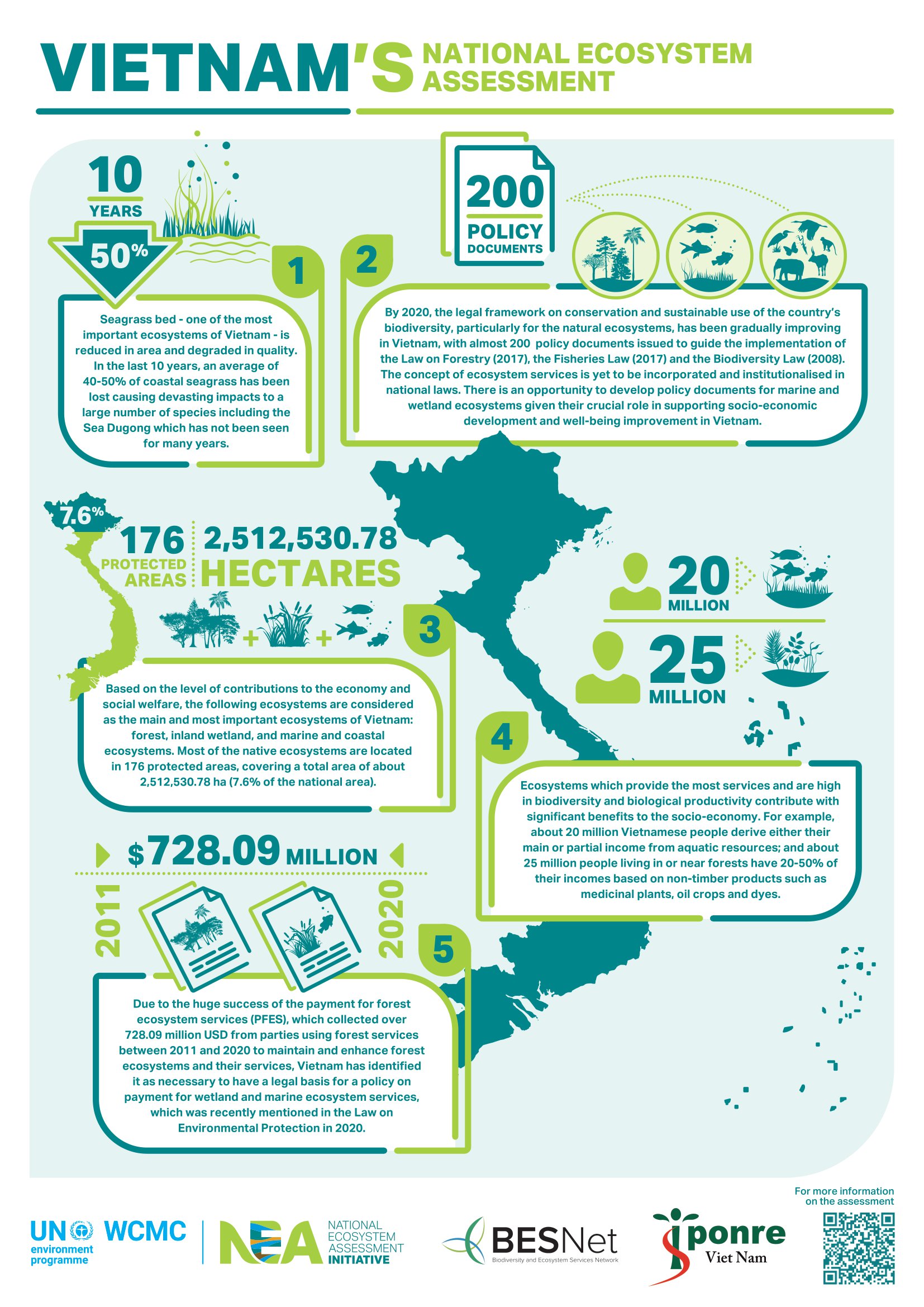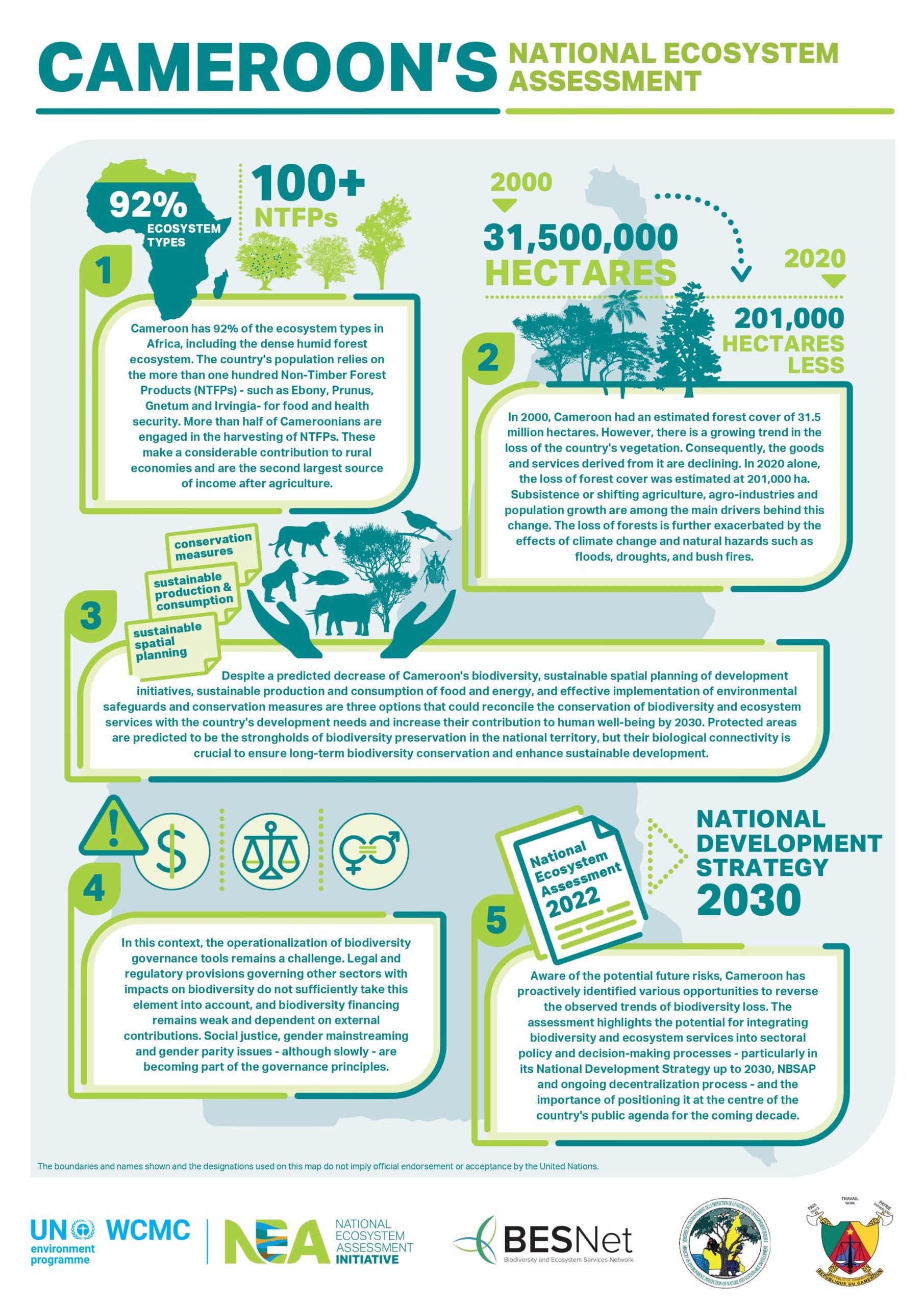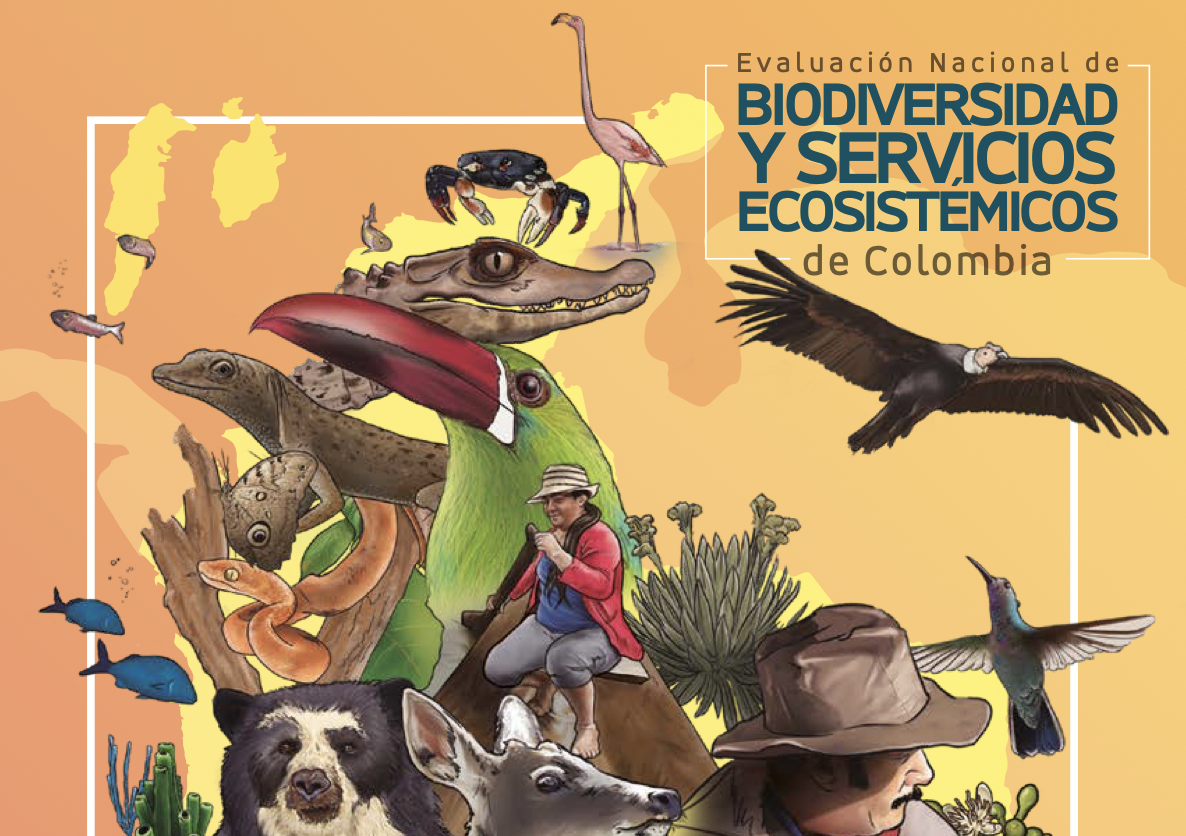The pollination mechanism of most genera of the Podocarpaceae involves inverted ovules, a pollination drop, and bisaccate pollen grains. Saccate grains have sometimes been referred to as `non-wettable due to their buoyant properties, while non-saccate pollen grains have been described as `wettable’. The hydrodynamic properties of saccate pollen grains of seven podocarp species in five genera, Dacrydium Sol. ex G. Forst., Dacrycarpus (Endl.) de Laub., Manoao Molloy, Podocarpus L`Her. ex Pers. and Prumnopitys Phil. have been tested in water, together with saccate and non-saccate pollen of four other conifer genera, Cedrus Trew (Pinaceae), Cephalotaxus Siebold & Zucc. ex Endl. (Cephalotaxaceae), Cupressus L. (Cupressaceae) and Phyllocladus Rich. ex Mirb. (Phyllocladaceae), and spores of three fern species and one lycopod species. All four spore types studied were non-wettable, whereas the bisaccate and trisaccate pollen types, like all other conifer pollen types, were wettable, enabling the grains to cross the surface tension barrier of water. Once past this barrier, grain behavior was governed by the presence or absence of Sacchi. Non-saccate and vestigially saccate grains sank, whereas saccate grains behaved like air bubbles, floating up to the highest point. In addition, the grains were observed to float in the water with sauce uppermost, consistent with the suggestion that distally placed Sacchi serve to orientate the germinal furrow of the pollen grain towards the nucellus of an inverted ovule. Observations of pollen grains in the pollen chambers of naturally pollinated Prumnopitys ovules confirmed this. The combination of buoyancy and wettability in saccate pollen has implications for the efficiency of the typical podocarp pollination mechanism.
Wettable and unsinkable: The hydrodynamics of saccate pollen grains in relation to the pollination mechanism in the two New Zealand species of Prumnopitys Phil. (podocarpaceae)
Year: 2002
























































































































































































































































































































































































































































































































